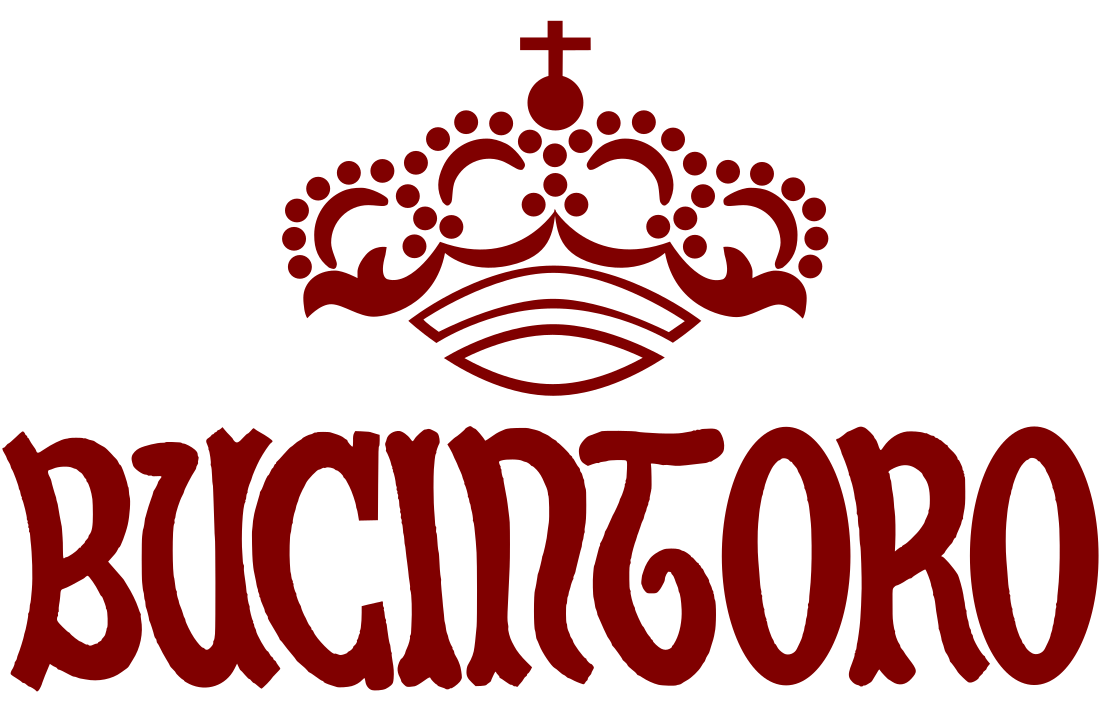In 1882 Garibaldi died in Caprera and Geronimo led the last Indian revolt in the New World. In that same year in Venice, inextricably linked to the sea and where for centuries there had been rowing and regattas, Count Piero Venier together with a group of young enthusiasts decided to revive the tradition of the oar, founding the Reale Società Canottieri Bucintoro, the Royal Bucintoro Rowing Society, extending the activities of the newborn club to fencing, gymnastics and whatever else could contribute to the new image of sport that was spreading through the world.
Ever since then, the glorious and exciting history of the sporting club, thanks to its crews and its boats, became part of the life of Venice. Bucintoro rowers and boats were celebrated protagonists in rowing venues around the world: from the first international victory in 1884, with the “Rialto” boat, winning the Duchess of Genoa Cup, a flag, a gold medal and the sum of 1600 Lire, the Bucintoro colors were present at the Athens Olympics, where its crew won gold in a coxed four, in Paris, again winning gold in the same specialty, Antwerp, winning gold in coxed doubles, and then again in Berlin, Helsinki, Rome, Barcelona, Atlanta, Beijing, also taking part in European, world and national championships, always reaping similar results.
In 1902, King Victor Emmanuel III came to visit Venice, becoming the Honorary President of the Bucintoro. Italian poet Gabriele D’Annunzio, who was often a guest at the Bucintoro’s prestigious headquarters, the Palazzina della Selva at the Royal Gardens, took part in this extraordinary event and in 1908 he gave the Bucintoro its motto “without wings you cannot fly”, expressing the soaring future he envisaged and the tradition of the winged lion of the lagoon.
Gradually the city changed, the Bucintoro changed, the spaces diminished and the motorboat wakes increased, but the spirit has remained intact. Even today we see the same tenacity of the past, when Bucintoro crews were the rowers to beat, and when saying “he is one of the Bucintoro”, as the writer Nantas Salvalaggio recalls, was equivalent to saying “he is one at the top”.
And “…the poetic vehemence of a name, the pride of its tradition, the application of strength and intelligence” find a perfect counterpoint in the Bucintoro Rowing Society.
It bears the indelible signs of the great sporting events of the past and promotes the present, in a blaze of history, traditions and modernity combined with its many cultural and social activities, its gaze directed to the city of which it is an integral and irreplaceable part.
Its sporting activities currently embrace all the specialties of rowing, from the most traditional Venetian rowing, to canoeing and kayaking, to Venetian sailing, to modern rowing, to dragon boat: every day the Bucintoro colors can be seen in the lagoon, where members row for sport and pleasure, promoting rowing in particular to young people of Venetian schools of all levels.
Its historical boats, in primis the prestigious dodesona and its two balotine, are undisputed protagonists of the major events of Venetian tradition, from the Historical Regatta to the Vogalonga, the Sensa, and the Regatta on Three Kings’ Day, now in its forty-first edition.
But the real highlight is the group of Pink Lionesses in Venice, to whom life has reserved the difficult test of breast cancer. This group of Venetian rowers celebrated their tenth anniversary in 2019, ten years of collaboration with the Reale Società Canottieri Bucintoro 1882 and the Senology group of A.V.A.P.O. Venice, proposing psychophysical recovery on board their dragon boats, an example and a reference for all the women who have lived and live through this difficult experience.

